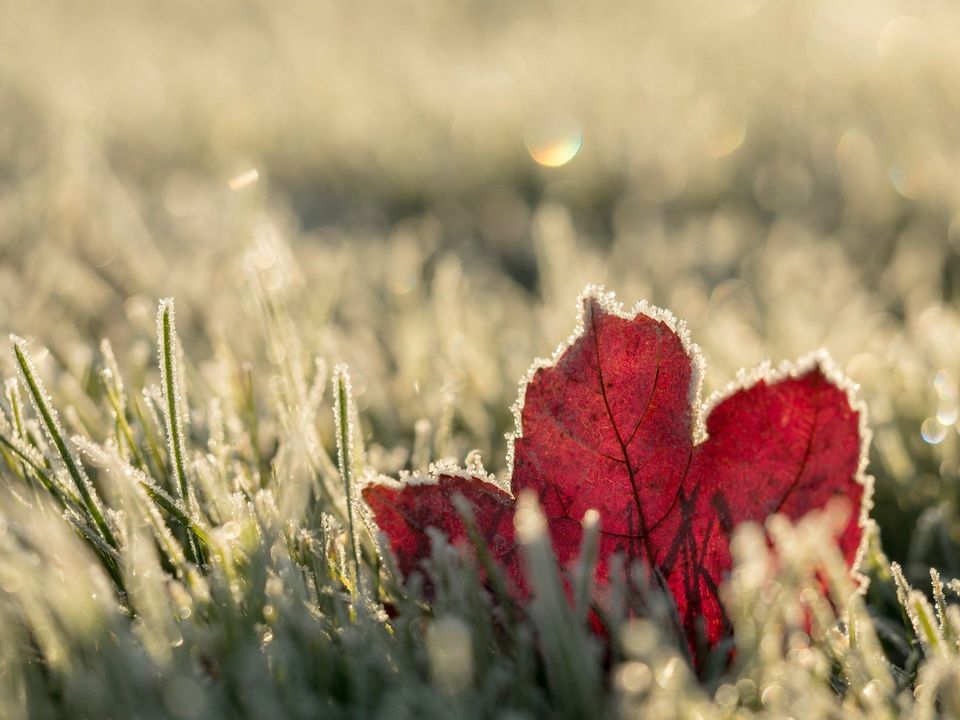Winter Means These Animal Problems Around the House
This is a subtitle for your new post
No matter what specific animals you have in your area, there are always a few that can cause some household problems in the winter. Whether you have mice, squirrels, raccoons or chipmunks, there are some common problems you need to protect against.
Damage from Animal Chewing
This is the biggest and most common winter problem when it comes to animals. Not only is it thoroughly destructive, you can have this going on even if the animals in question are just temporarily moving through your home.
All of the usual rodent pests are prone to chewing, such as mice, rats, squirrels or chipmunks. They chew on pretty much anything in their way as they work to create holes and access points for themselves. Damage can be just cosmetic if they do their nibbling on non-essential bits of wood or fabric, but you can actually end up with a major disaster if they set to work chewing on load-bearing support beams or flooring joists.
Not restricted to just wood, industrious rodent teeth can cut through the vinyl covering of household wires, creating a serious fire risk.
Issues with Animal Nesting
A little different than chewing damage, you can have a whole other range of problems if animals decide to actually move in and start nesting. You can get winter nesting problems with the same animals as with chewing, but also with raccoons, possums and even bats.
MOUSE IN THE HOUSE? GET RID OF IT NOW!
And don't forget that these problems aren't restricted to just the house itself. Animal pests are just as much a concern in other smaller buildings, like sheds or garages. Do regular checks of these areas to prevent any large nests from developing.
Winter Animal Problems Outside the House
Having animal pests inside the house is bad enough but they can cause even more damage outside in the yard as well. Hungry raccoons are likely to tear into any unprotected garbage bags during the winter, and they can also dig through compost piles or garden beds too. Deer may not bother your yard through the green summer months, and then suddenly show up after a few weeks of snow. They'll eat bark and twigs off your trees, and any remaining green landscaping plants you may still have. Deer can also do further damage if they are roaming around your property, knocking over fences or other outside objects.
Winter Animal Problem Prevention
Of course, a little prevention in the first place can help keep your house safe from these winter invaders. Take care to maintain the outside of your home so there are no gaps, cracks or holes that can become an entrance way for an animal. Aside from that, you should make it a regular autumn chore to install fresh repellent packsto deter any new animals from exploring your home. Scented animal repellent productsare the easiest way to keep animals out in the winter.
Critter Repellent All Natural Animal Repellent Blog













